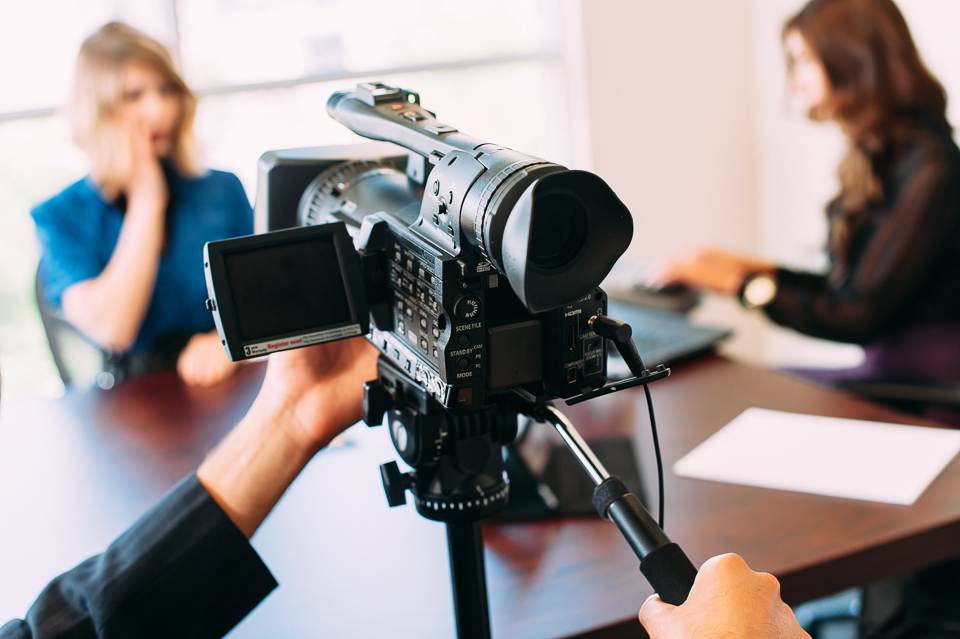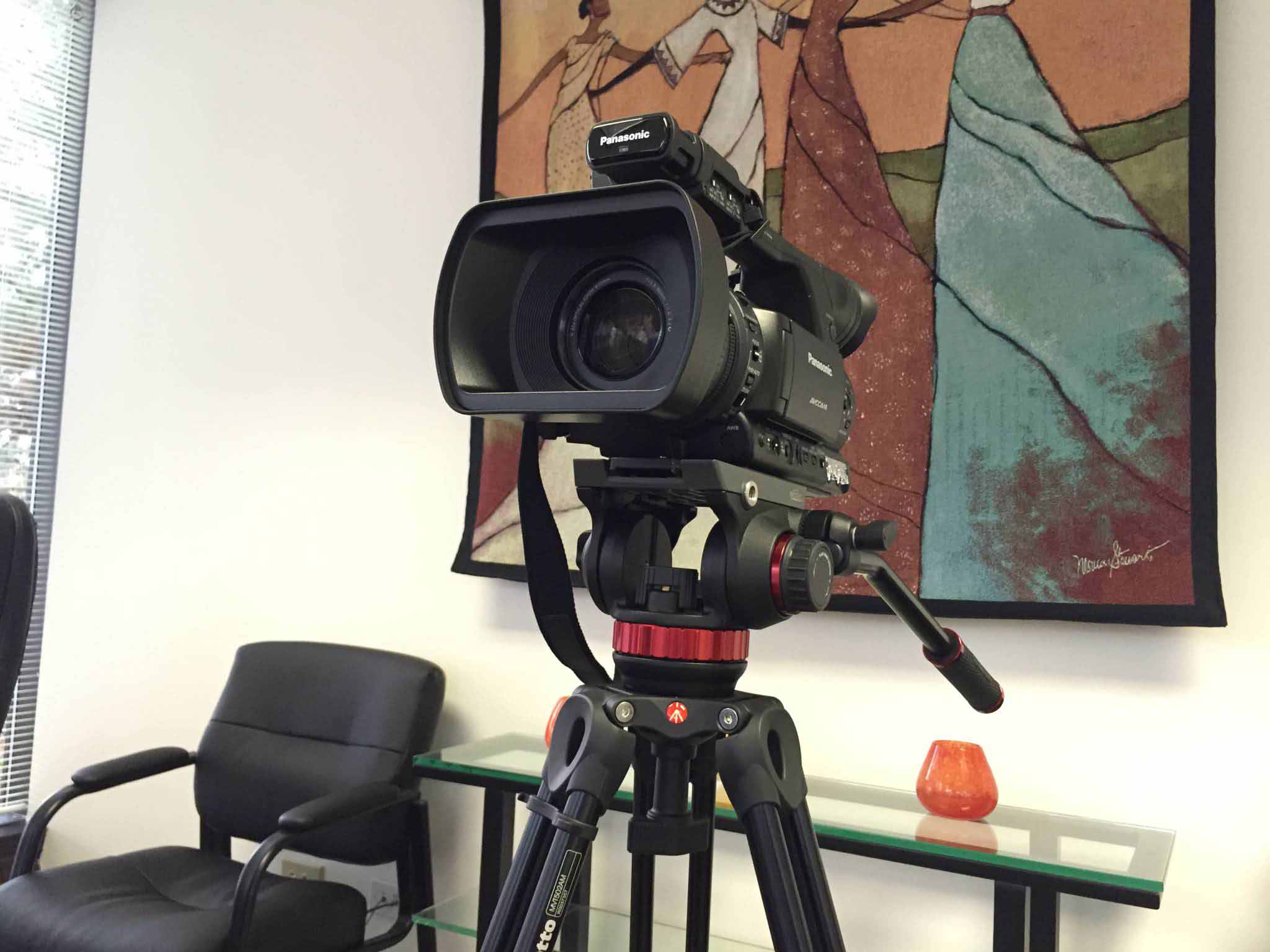Discovering the Vigor of Legal Videography: a Comprehensive Insight Into Its Capability in Protecting Accurate Visual Records for Legal Situations
Lawful videography stands as a crucial component in the world of lawful proceedings, offering as a quiet yet powerful viewer in the quest of justice. As we delve right into the capability and value of lawful videography in the context of legal situations, a profound awareness dawns upon the essential duty it plays in shaping the course of justice.
Significance of Legal Videography
Highlighting the crucial function of legal videography in contemporary lawful procedures, its relevance lies in its ability to offer irrefutable visual proof that boosts the presentation of truths and statements. By catching real-time events, depositions, and witness statements in a video clip format, lawful videography guarantees that every nuance, detail, and expression is accurately preserved for later review. This visual paperwork functions as a powerful device in courts, enabling judges and jurors to much better recognize the context of a situation and make notified choices based on the offered evidence.
Moreover, legal videography adds to boosted transparency and liability in the lawful system. In essence, the significance of lawful videography exists in its capacity to maintain the stability of the legal process by recording and maintaining exact visual records that sustain the search of justice.
Functionality in Lawful Documentation
Lawful videography's role in contemporary lawful proceedings expands past providing aesthetic proof; its functionality in legal documentation is necessary for properly protecting the details of events and testimonies. Via the precise recording of depositions, court procedures, witness statements, and criminal activity scene investigations, lawful videography ensures an unfiltered account of events that can be taken another look at and examined during the lawful process. This precise paperwork acts as a critical source for judges, juries, and lawyers to reference details moments, body movement, facial expressions, and subtleties that might not be totally recorded in created transcripts alone.
Moreover, lawful videography plays a pivotal duty in preserving the integrity of legal process by lowering the danger of false impression or manipulation of details. The aesthetic documents caught through lawful videography give an unbiased representation of the truths provided during a case, providing a comprehensive and trusted source of evidence that can dramatically affect the outcome of lawful conflicts (Legal Videography). Fundamentally, the capability of lawful videography in lawful documentation works as a keystone in upholding transparency, precision, and justness within the legal system
Relevance in Visual Evidence Conservation
Maintaining visual evidence through meticulous recording strategies is an essential element of lawful videography. By properly documenting these visuals, lawful videographers play a crucial duty in ensuring the stability and authenticity of evidence presented in court.
Aesthetic evidence conservation additionally assists in stopping misconceptions or misconceptions that can emerge from created or verbal statements. The capability to see and listen to events as they took place can substantially influence the outcome of an instance. Visual evidence can serve as an effective device for both the prosecution and defense in offering their debates persuasively.
Role in Ensuring Justice
In the quest of reasonable and just lawful end results, the role of legal videography is important. Legal videography plays a crucial role in making certain justice by providing unbiased helpful resources and accurate visual proof that can substantially influence the end result of legal situations. Unlike created records or testimonies, video clip recordings catch the subtleties of body language, facial expressions, and tone of voice, using a detailed depiction of occasions as they unfold. This visual evidence is particularly useful in court rooms, where it can help test or support witness statements, enhance disagreements, and inevitably add to the facility of reality and fairness.
Furthermore, lawful videography works as a method of protecting essential moments and information that may be missed or misunderstood in composed transcripts (Legal Videography). navigate here By recording scenes, actions, and communications in real-time, lawful videography assists prevent misstatements and makes sure that all parties entailed have accessibility to the very same info, advertising openness and accountability in the lawful process. Ultimately, using lawful videography not only improves the efficiency of legal proceedings yet also promotes the principles of justice and equity in the lawful system
Essential Device for Legal Situations

Final Thought
To conclude, legal videography plays a vital function in maintaining exact visual records for lawful situations. Its importance depends on its performance in legal documents, value in visual proof conservation, and function in guaranteeing justice. As a vital device for legal instances, legal videography works as Click Here a valuable source for presenting aesthetic evidence and adding to the general integrity of the lawful process.
Lawful videography's function in modern-day legal process prolongs beyond giving visual proof; its functionality in lawful documentation is important for properly protecting the information of testimonies and occasions. In essence, the capability of legal videography in legal documents serves as a keystone in promoting openness, accuracy, and fairness within the lawful system.
Ultimately, the use of lawful videography not only improves the efficiency of legal process but likewise promotes the concepts of justice and equity in the lawful system.

As a vital tool for legal instances, lawful videography offers as a valuable source for providing aesthetic evidence and adding to the total honesty of the legal procedure.